Fascinating Primates From Around The World
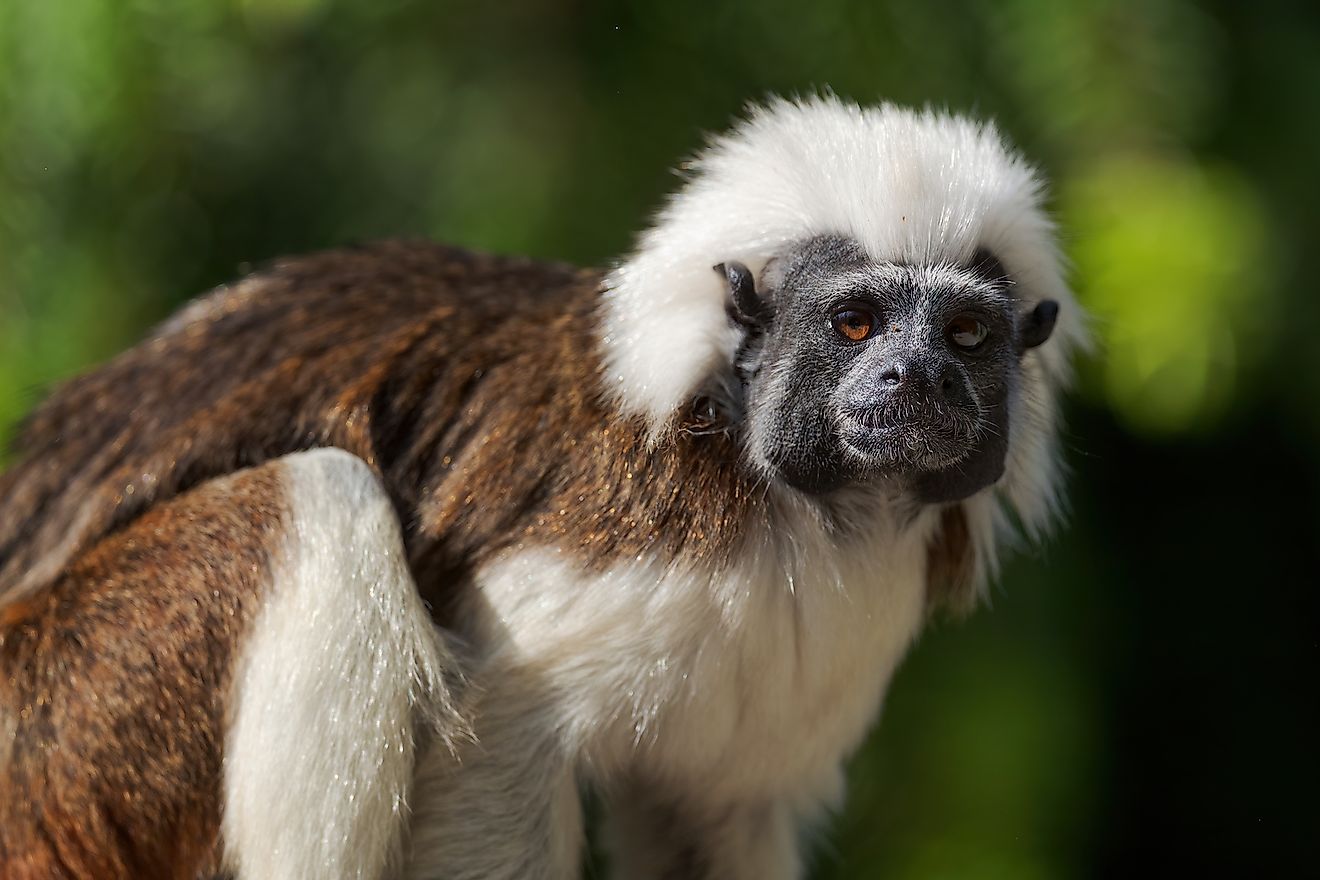
- Humans, crab-eating macaques, and Müeller’s Bornean Gibbon are the three most populous primates on Earth.
- As humans, we share almost 100% (98.7 %) of our genetic material with the common chimpanzee.
- Many primates are endangered because they are losing their natural habitats due to logging, agriculture, mining, and other human pursuits.
Primates form a large order of animals. There are over 500 or more known primate species on Earth, and they consist of lemurs, lorises, monkeys, apes, tarsiers, and humans. Primates are a very diverse order, living in many different habitats, with varying behaviors and needs, and are loosely defined as mammals that have opposable thumbs, just like us.
Sometimes it can be hard to imagine how it happened, but it is true that humans are thought to have evolved from apes as they descended from the trees in Africa, and grew an interest in walking up right. There is no known ape alive today that we are descended from but we do share a common ape ancestor with chimpanzees that was alive about 8 to 6 million years ago.
If you want to catch a glimpse of a non-human primate today, most of us must visit the local zoo but there are also numerous other primates alive in the wild. Somewhat surprisingly, the vast majority (two-thirds) of the world’s primates live in just four countries: The Democratic Republic of the Congo (DRC), Madagascar, Indonesia, and Brazil. Learn about some of these fascinating primates in this article:
8. Crab-Eating Macaque
These primates are classified as being of least concern when it comes to being threatened or becoming extinct. The crab-eating macaque has a range that is the third largest in the world behind just humans and rhesus macaques. There are many subspecies of crab-eating macaques. some of these are facing various threats, such as humans going after them to sell as wild trade but overall, this species is present in good numbers.
This primate is native to Southeast Asia, where it lives in groups dominated by females, with males leaving the group once they reach puberty, as happens in prides of lions. Some people see this animal as an invasive species, and others as a sacred animal.
7. Müeller’s Bornean Gibbon
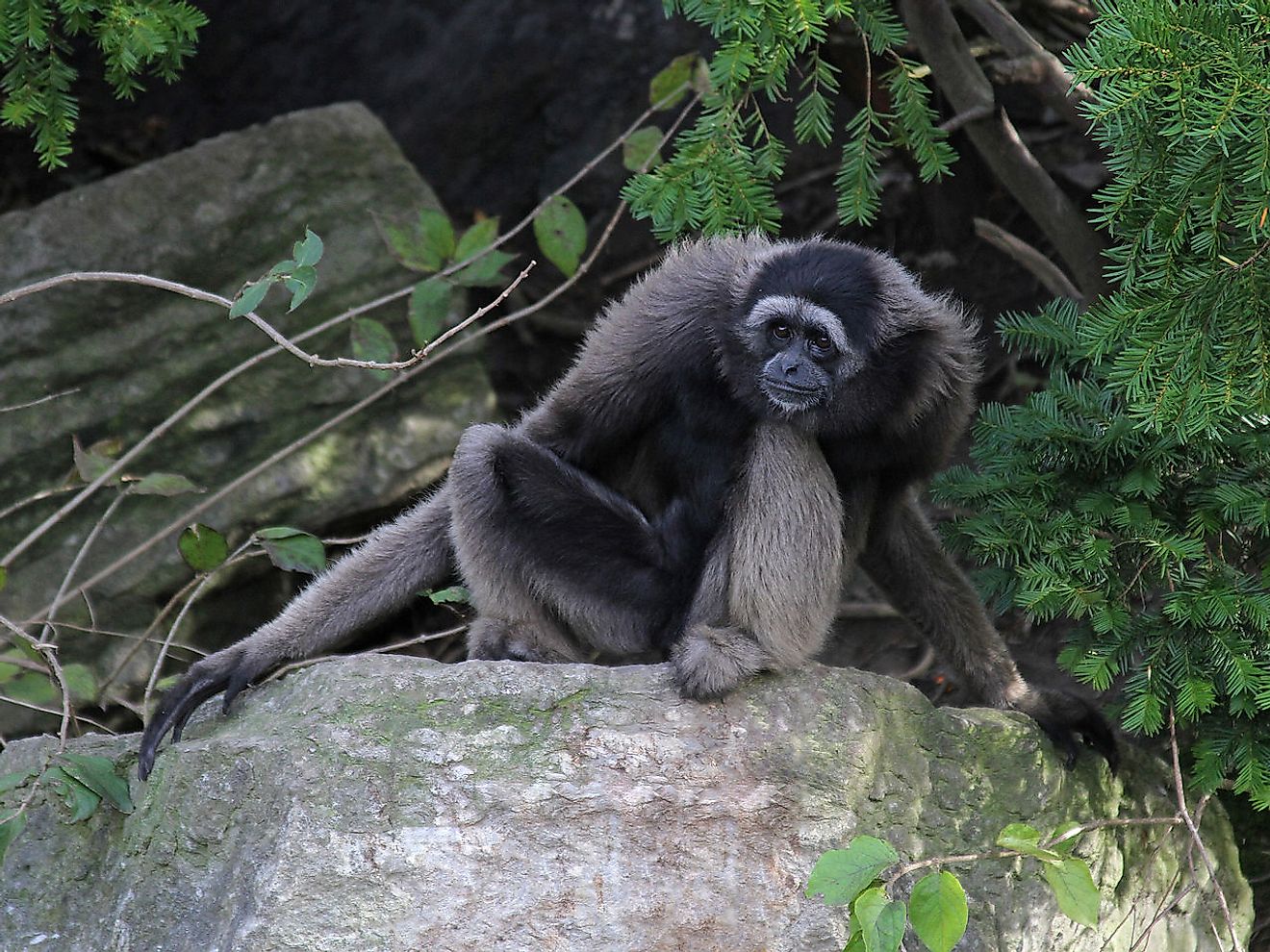
Native to Borneo as their name suggests, the Müeller’s Bornean Gibbon is facing trouble. Its habitat is being destroyed as humans move in to harvest palm oil, rubber, and trees for logging. It is also a sad fact that people do eat this primate, and also try to sell it as a pet to those who will purchase one. These factors are contributing to this animal now being considered endangered.
In the wild, this primate can live to be about 25 years old. In captivity, this once lengthened to an impressive 60 years for one lucky animal. This Gibbon feeds on fruit and leaves, and is famous for being ultra-adept at swinging through the trees. It can cover almost 50 feet (15 m) in one swing, and reach up to 35 mph (56 km/h) as the fastest non-flying arboreal mammal on Earth. This primate lives in small groups of just three or four animals, which is usually a mated pair and their child.
6. Gelada
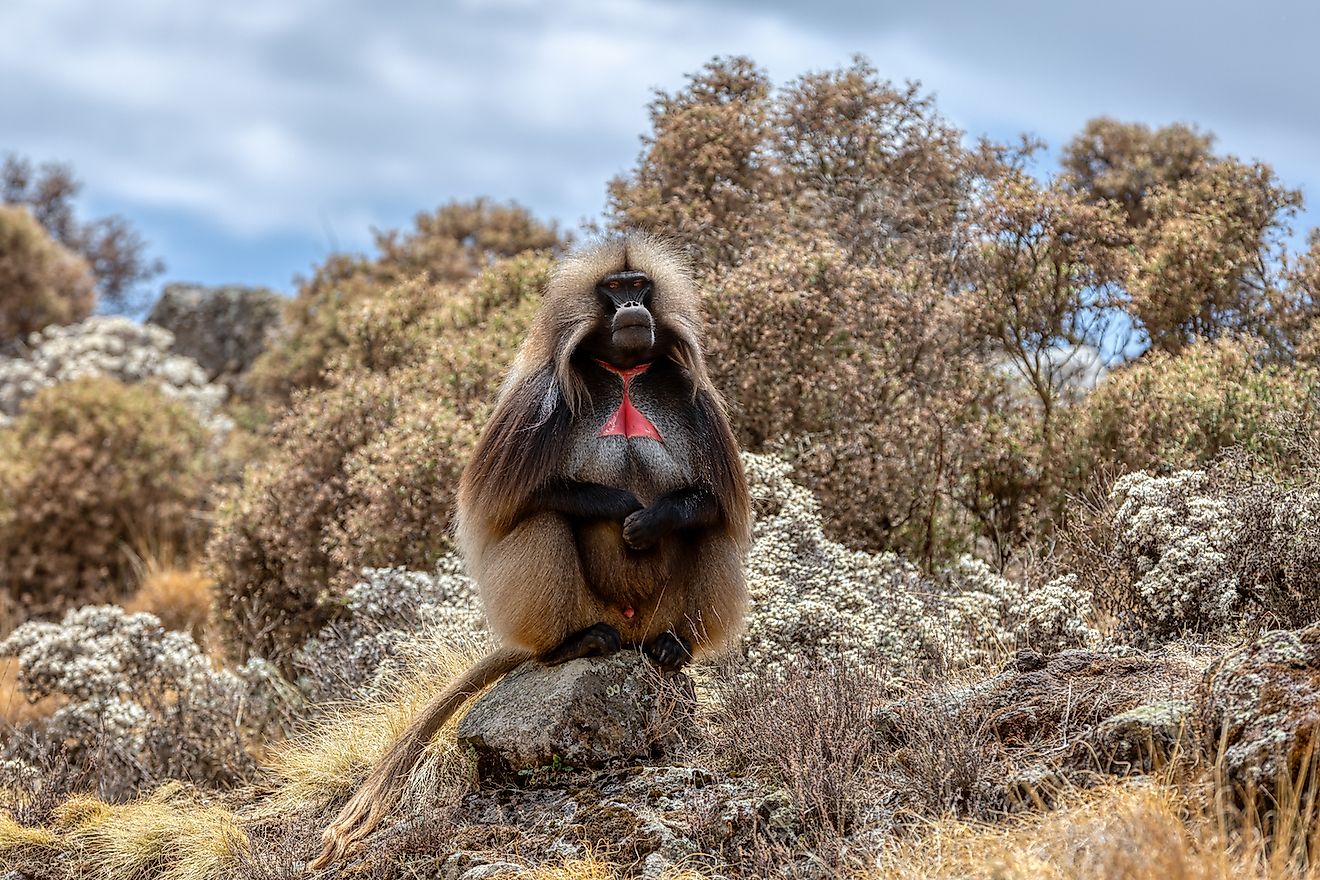
Unlike some other primates that spend the bulk of their day in the treetops foraging for food, the gelada spends most of its time awake in the grass on the ground. Native to the high mountain meadows of Ethiopia, Geladas tend to live in a family unit. They travel together with other families in a larger band throughout the day, and some gelada groups can be up to 1,200 members strong.
Geladas feed mostly on grass, and are the last surviving species of ancient grazing primates, that were once alive in much larger numbers on Earth.
Apart from humans, these animals are the most terrestrial of all primates. When night falls, geladas climb rocks to rest on ledges and huddle together. Interestingly, the red skin a gelada has on its chest is a sign of being ready to mate. When a female is most receptive to getting pregnant, this patch of hairless skin on her chest turns bright red. Has this been stored in our human brain for millennia as a sign of love?
5. Common Chimpanzee
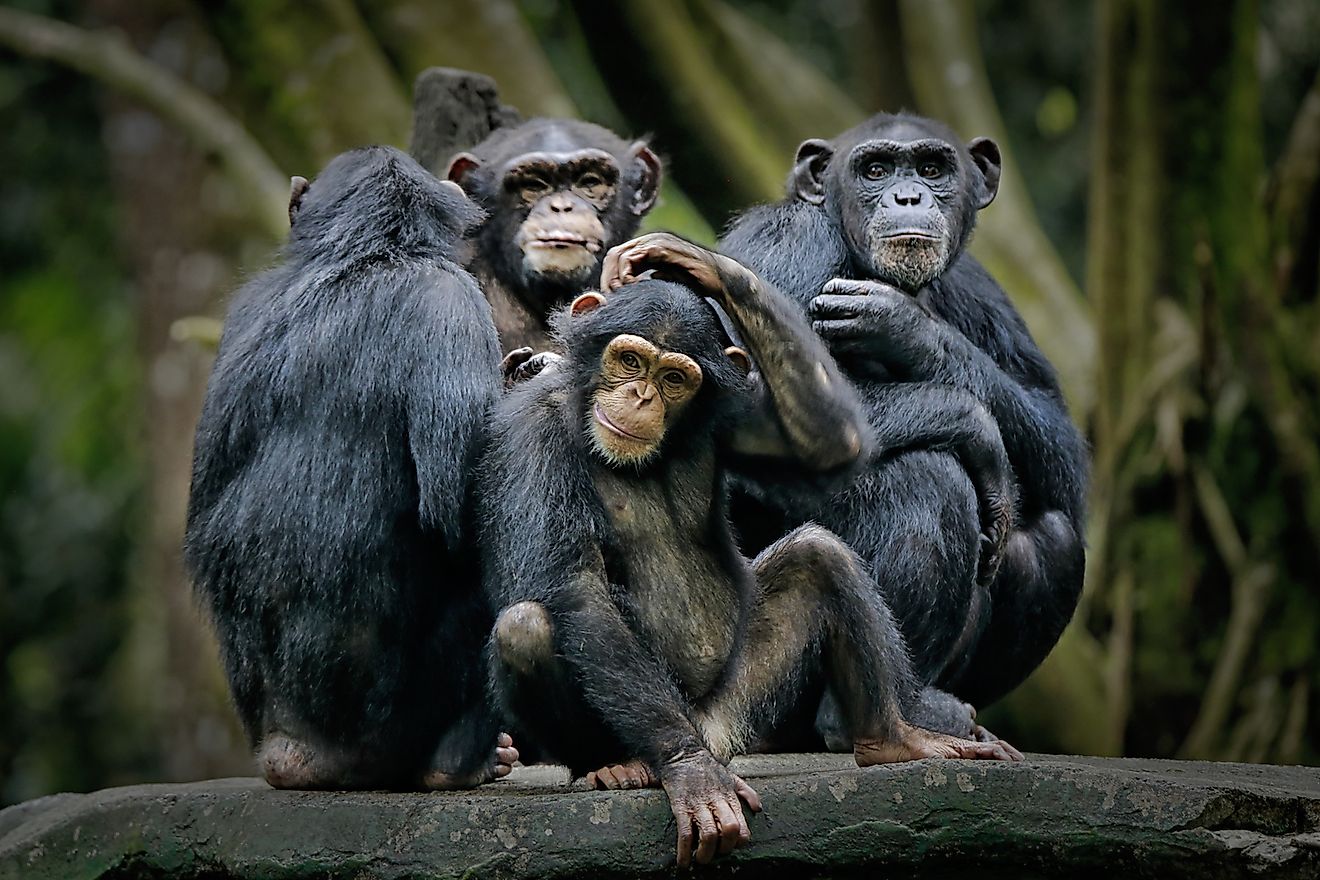
Chimpanzees live across central and West Africa. These animals share almost 100% (98.7 %) of our genetic material, which is kind of mind-blowing to think about. These guys normally get about on all fours, but they can walk upright. Chimpanzees live in groups of several dozens of animals, which are dominated by one alpha male and his male friends (sound familiar?)
Chimpanzees sleep in trees in nests made of leaves, and also eat up there, on a diet that consists of a lot of fruit and other plants. These primates are also known to eat meat however, and will indulge in insects, nuts, eggs, and even monkeys and turtles.
Unfortunately, the common chimpanzee is now considered an endangered species, as humans clear land to use for agriculture, logging, mining and roadways.
4. Western Gorilla
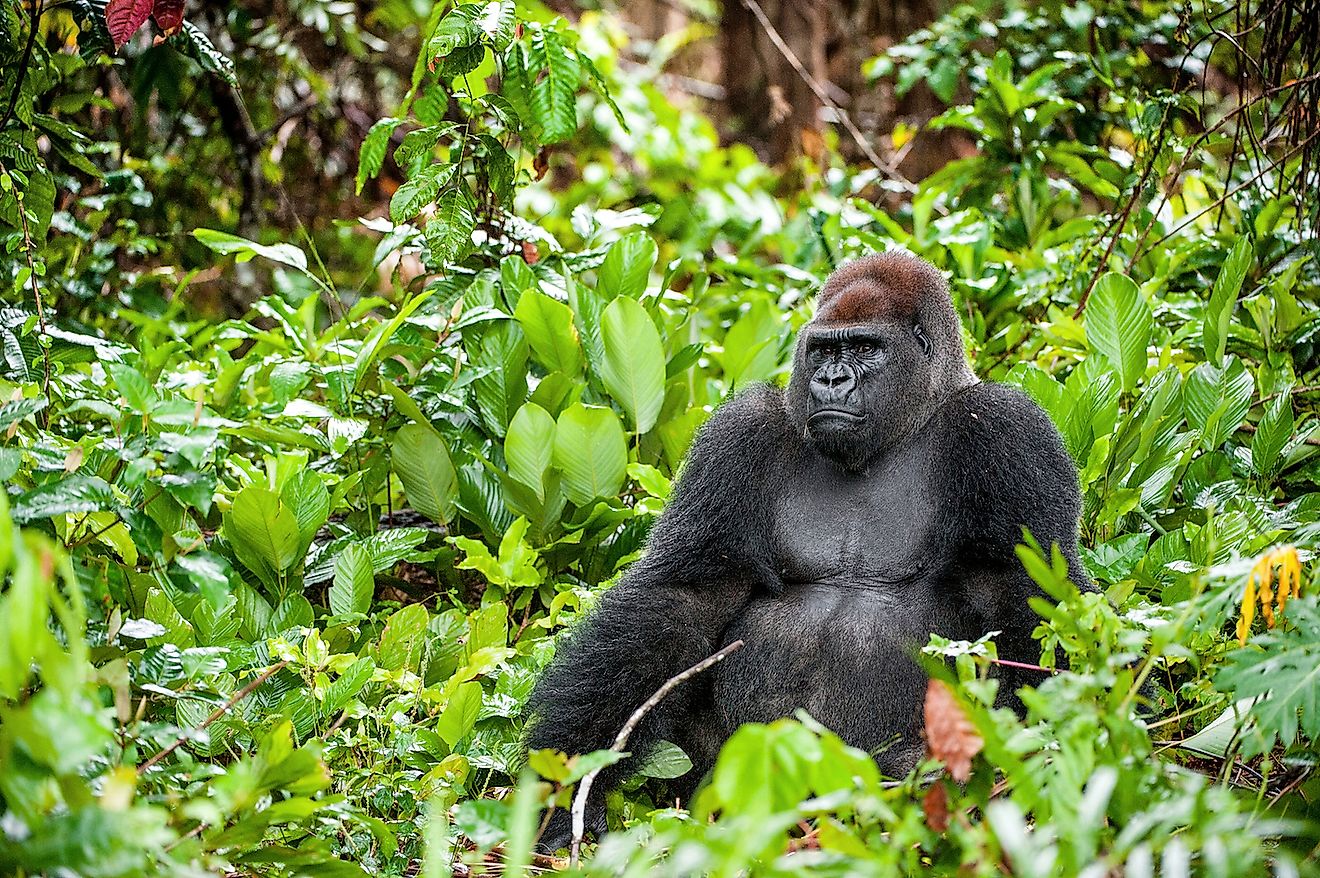
The most widespread of all gorilla species, the Western gorilla lives in Africa in the Republic of Congo, Cameroon, the Central African Republic, Equatorial Guinea, Gabon, and the Democratic Republic of Congo. It loves to inhabit rainforests as well as isolated swamps.
This gorilla is critically endangered in large part due to poaching. The animal's numbers are now 60% lower than they were about a quarter of a century ago. It is thought that if all threats were removed right now, it would take about 75 years for the Western Gorilla to regain healthy numbers.
3. Bornean Orangutan
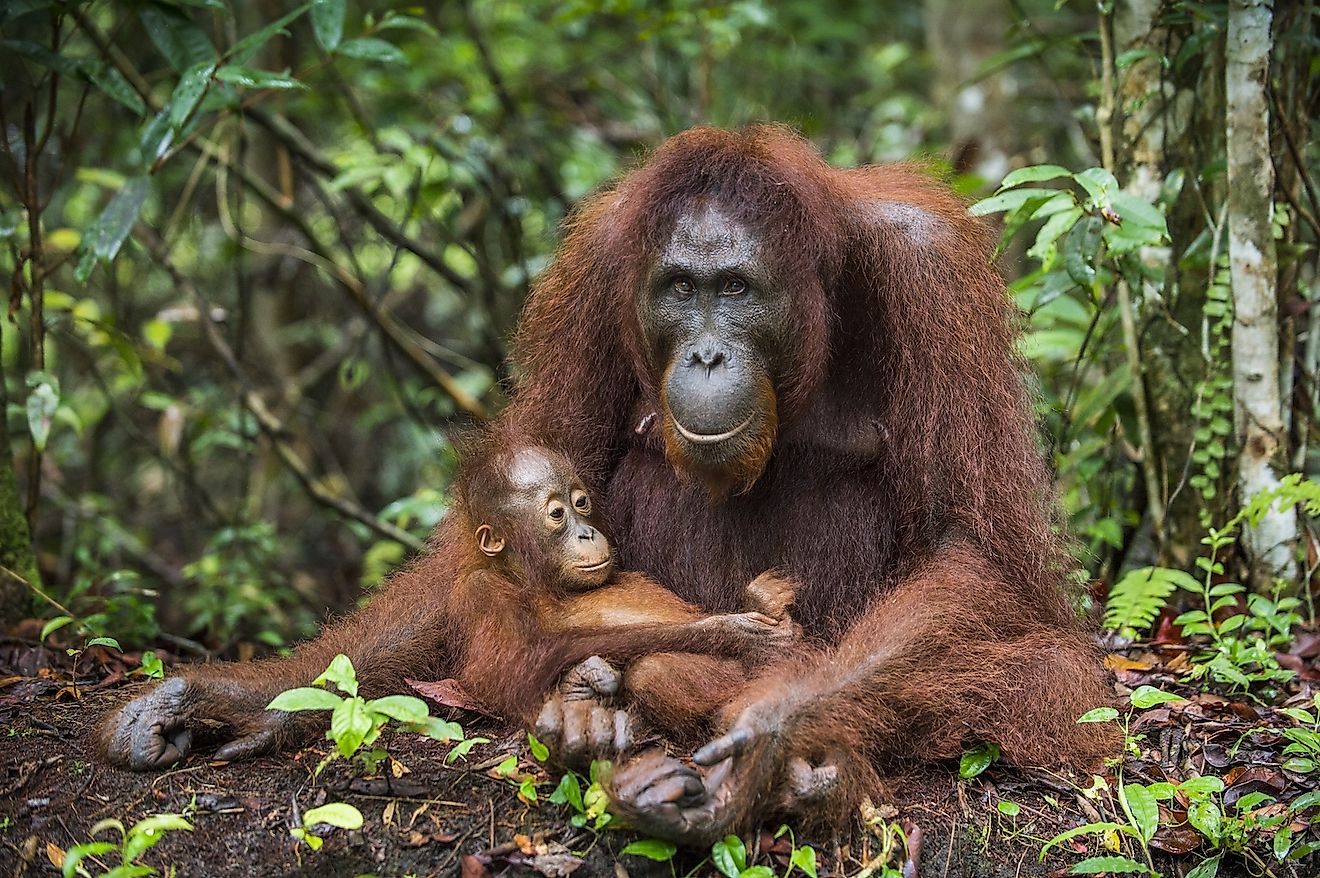
Another primate that calls Borneo home is the Borneo Orangutan. This animal is also critically endangered due to a habitat that has been reduced by 55% during the past 20 years. Appropriately, “orangutan” means “man of the forest” in the Malay language, and that is what orangutans are. These animals love to spend their time in treetops feasting on lychees, figs and mangosteens.
2. Bonobo
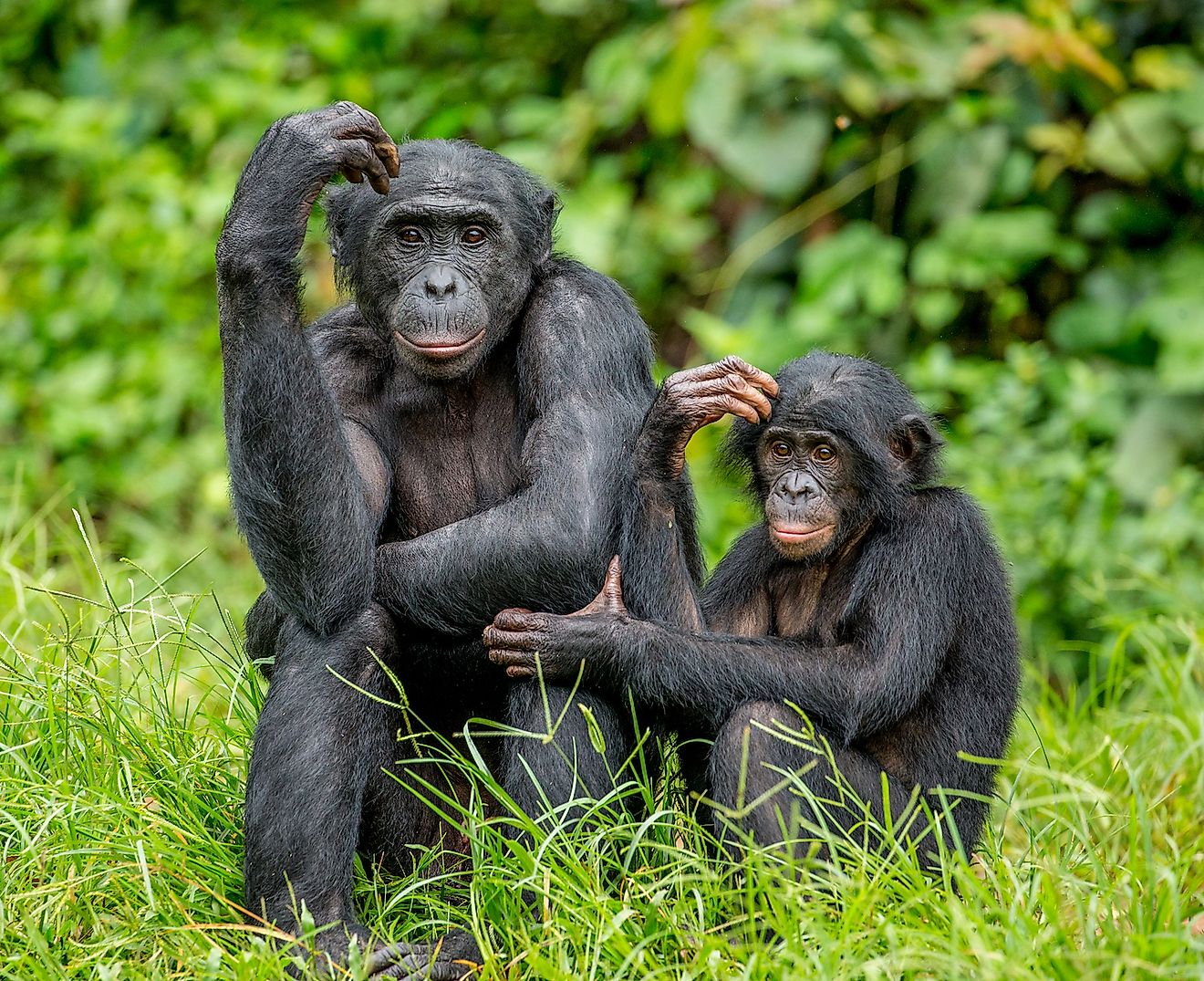
The bonobo is another endangered ape that needs protecting in order to survive. It has also been known as the pygmy chimpanzee, and lives in primary and secondary forests in the Congo Basin in Central Africa. This primate eats a wide variety of food and is omnivorous. The common chimpanzee and the bonobo are both closely related to human beings.
1. Nilgiri Langur
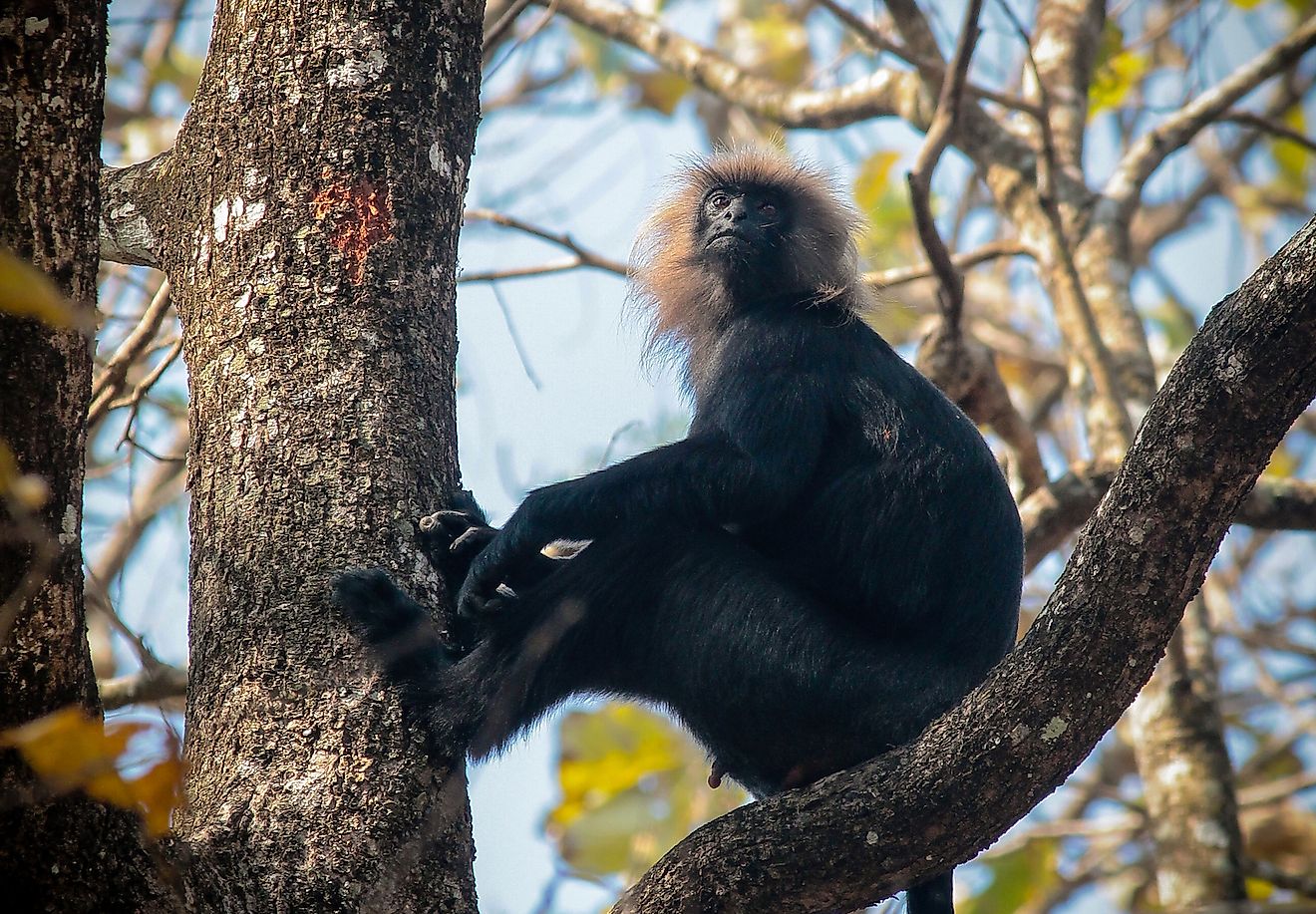
Endemic to South India, this cute primate is known to live for up to an impressive 29 years in captivity. They mostly eat leaves, but also feed on seeds, nuts, flowers and fruit. Nilgiri langurs live in groups that are dominated by females and communicate with each other via barks and other noises. Currently classified as “vulnerable”, these primates are threatened by poaching, a loss of habitat, the pet trade and other natural threats such as forest fires.











